By Dan Weisz
Below are a few photos I’ve collected over the past few weeks. Enjoy!
A Gilded Flicker rests on a Saguaro Cactus off of the McCain Loop west of the Tucson Mountains. These woodpeckers are larger than our more common Gila Woodpeckers and have yellow wing and tail feather shafts. The males have that red mustache. Gilded Flickers live in Saguaro habitat.
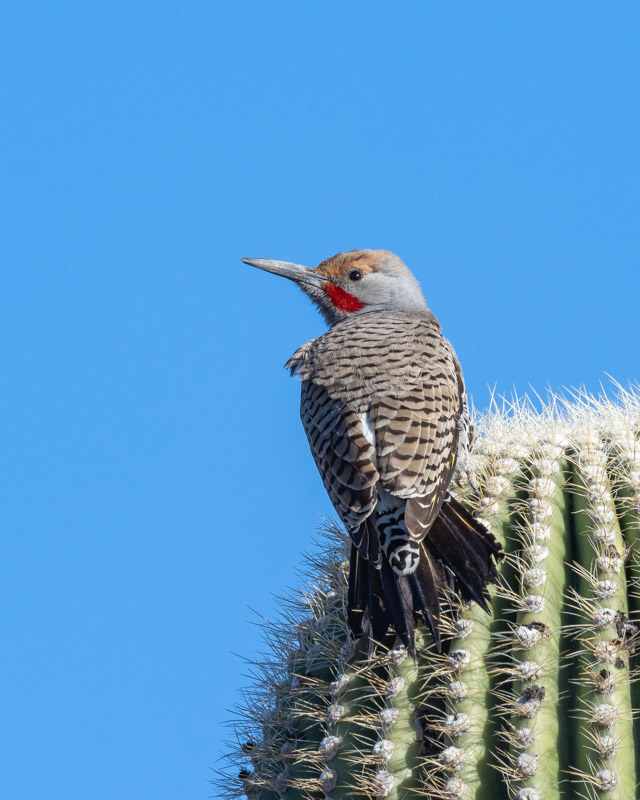
The last email included photos of a Northern Harrier seen at Sweetwater Wetlands. This is another one that was seen at the Sewailo Golf Course where it is wintering. That buffy belly lets us know this is an immature bird.
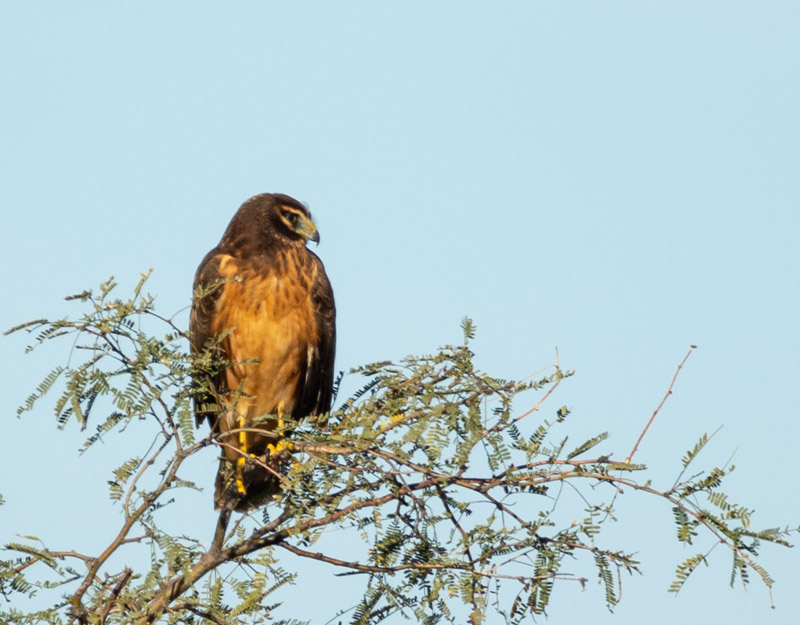
The Harrier was flying low over the course in search of food. That flat and owl-shaped face is very unique among raptors.
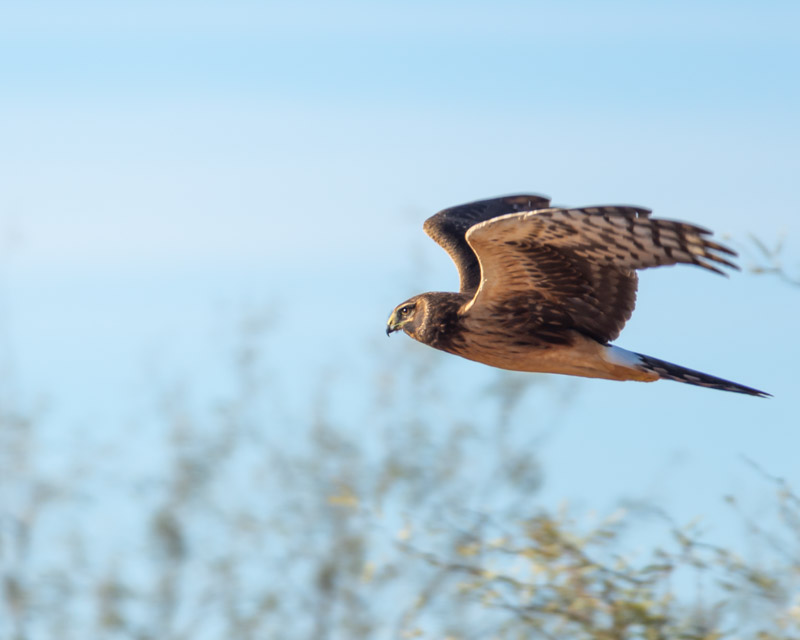
I like the very flat look of this wing beat. You can imagine the bird floating over the landscape. The harrier’s white rump patch is visible in the photos above and below.
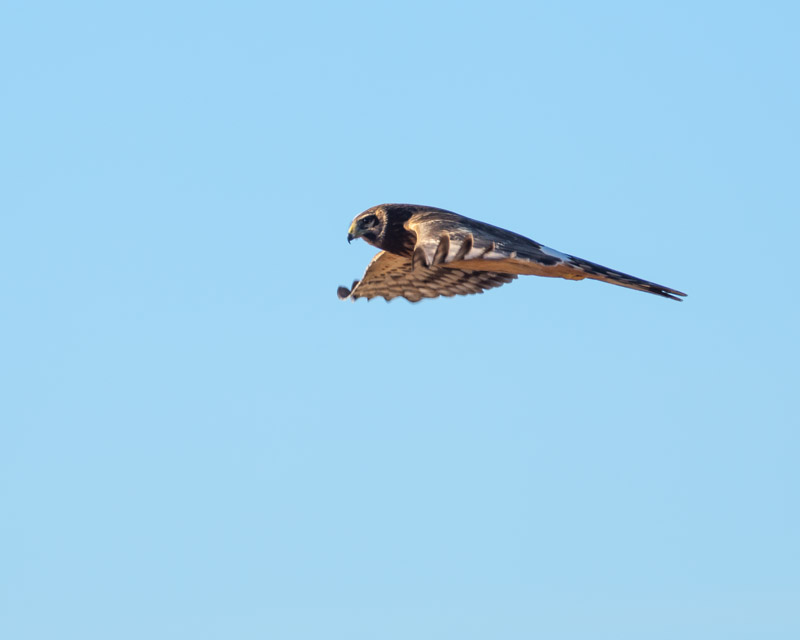
Autumn at Sweetwater Wetlands. The cottonwood and willow trees are losing their leaves now that the days are getting shorter and many of the reeds are dying out.
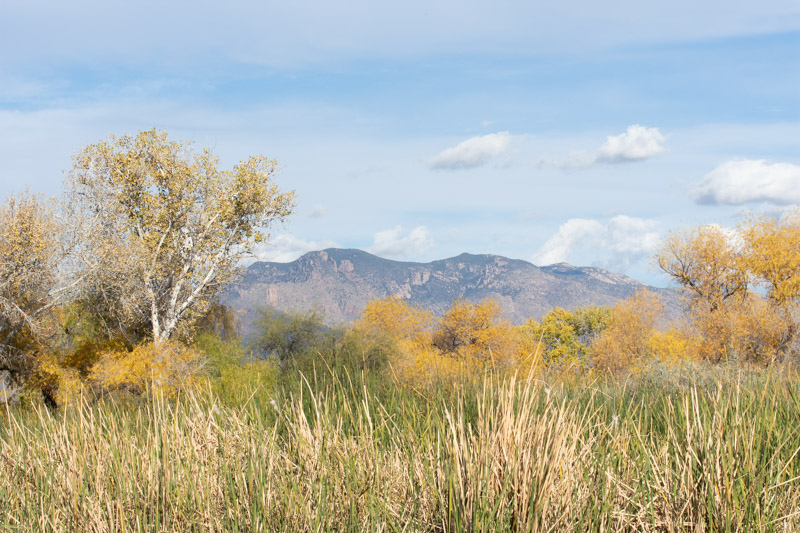
A Song Sparrow was feeding on seeds from the cattails. Song Sparrows are common birds across America but ours in the Southwest are a little more pale than others. Song Sparrows all have that streaky breast. They are found in open, shrubby or wet areas. As their name suggests, they are very melodious birds. Listen to this BirdNote broadcast about how young Song Sparrows learn to sing: https://www.birdnote.org/show/song-sparrows-learn-sing.
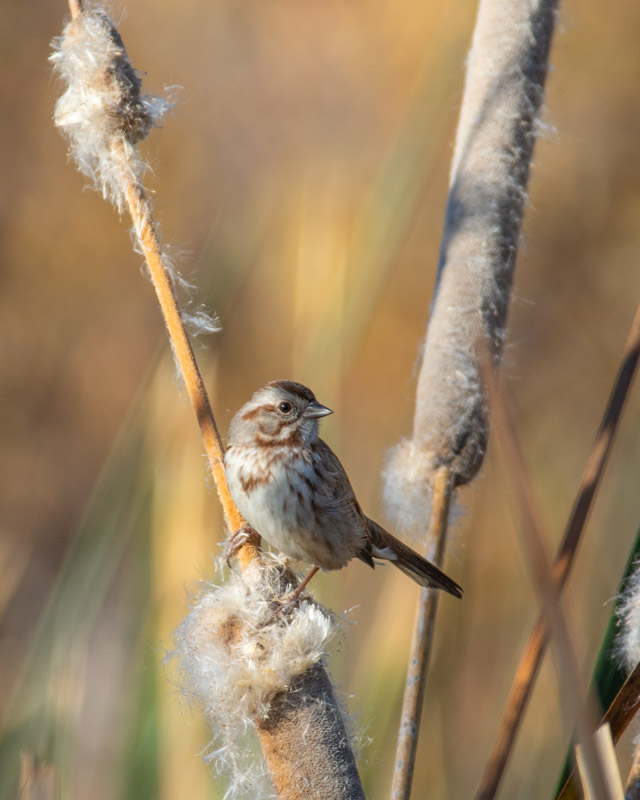
The raccoons are still around at Sweetwater. With the bobcat family being so active, the raccoons seem to have been a bit more secretive during the daytime. The ducks were keeping their distance.
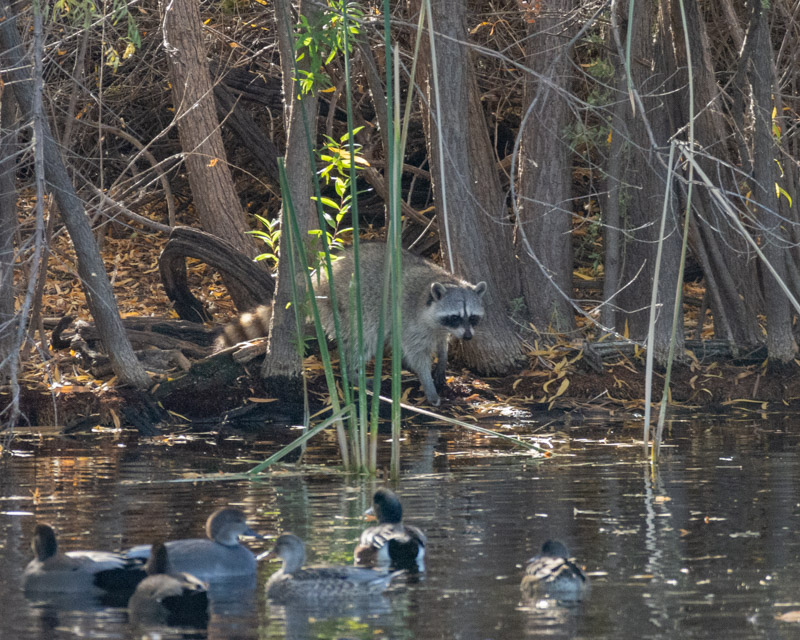
Ruddy Ducks are present year-round in Tucson. This male has come into his breeding plumage with that “ruddy” feathering that gives him his name. Ruddy Ducks are small ducks with a very noticeable long and stiff tail that they hold up when resting
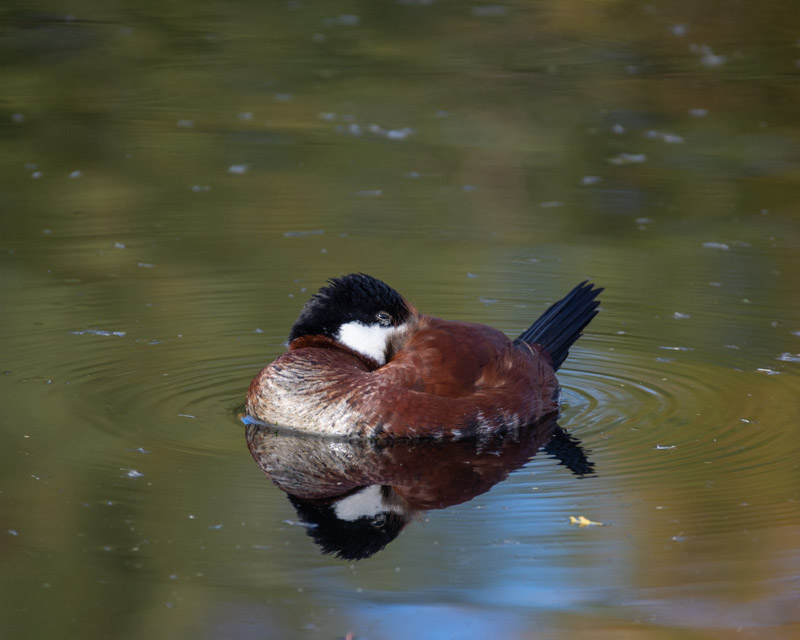
Swimming alongside the male Ruddy Duck above was another male Ruddy Duck who has yet to come into his breeding plumage. Not only will his gray body feathers turn that pretty chestnut color, but his beak will turn blue at the same time
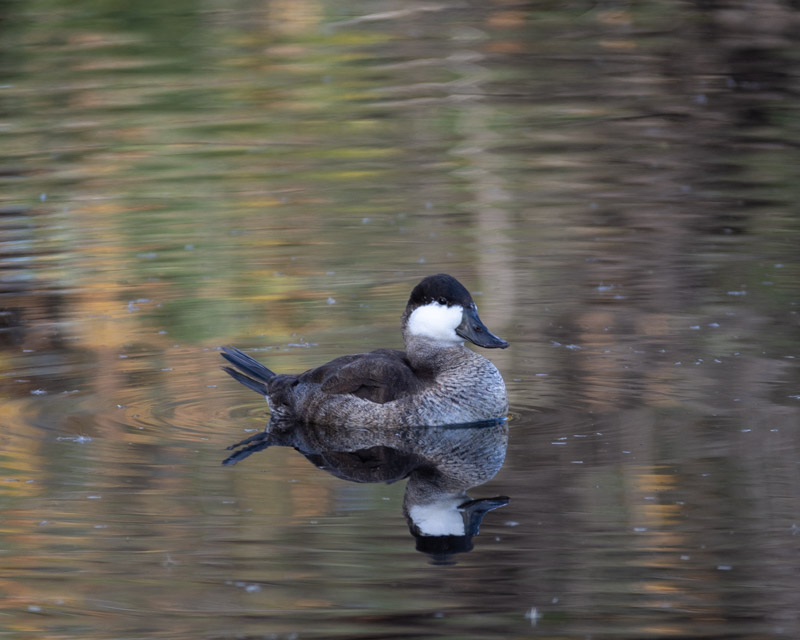
And rounding up this collection is a Vermillion Flycatcher sitting among autumn leaves. Enjoy the season!
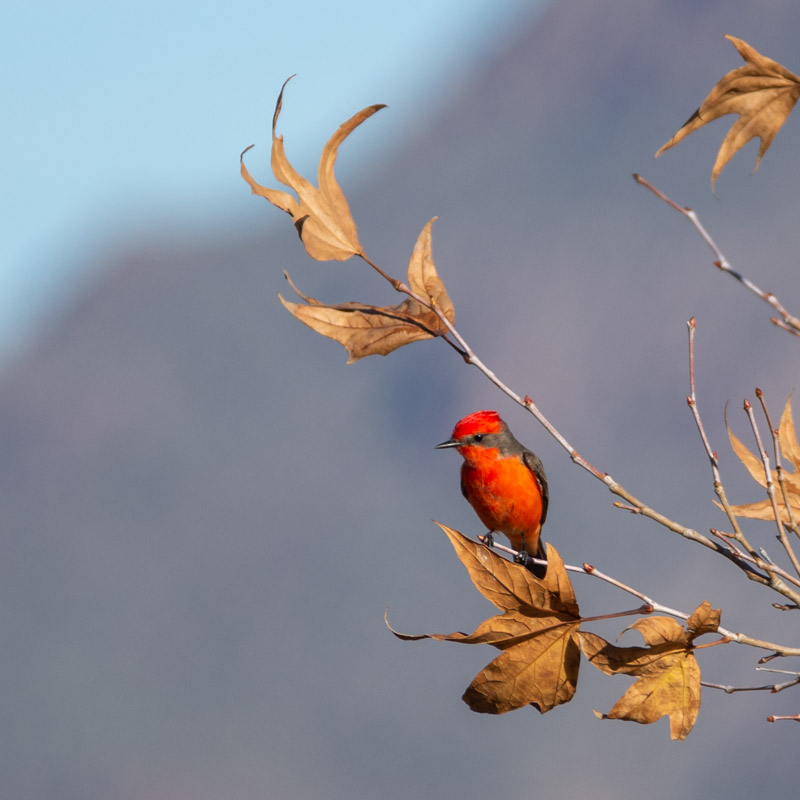
P.S. I finally ‘ran into’ the bobcats again this morning, so more photos of them coming soon!
